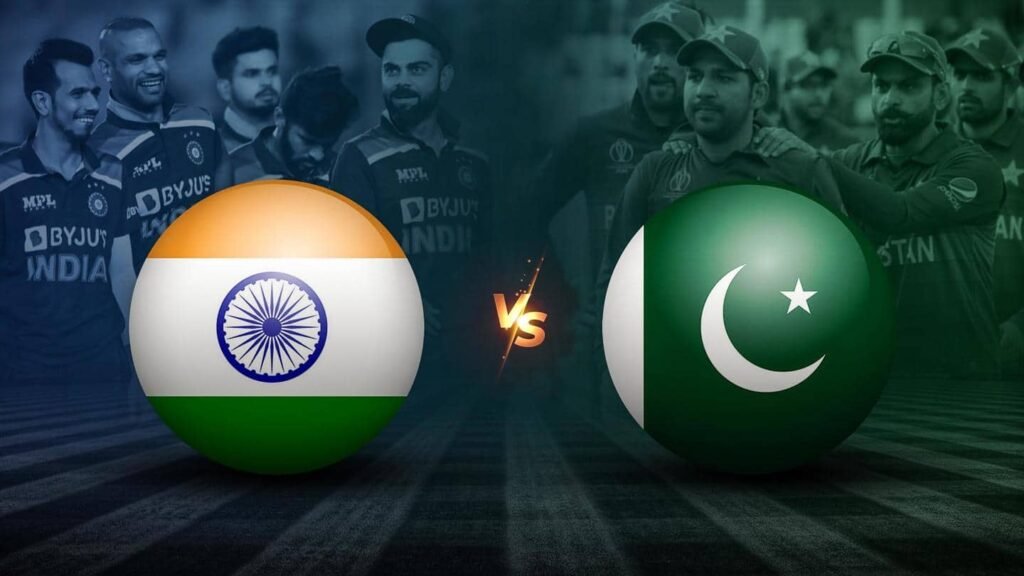In the cosmopolitan hub of New York, an unprecedented event awaits on Sunday: the hosting of a World Cup cricket match between two Asian giants, India and Pakistan, right in a US city—a spectacle that promises thrills at every turn.
Ajith Shetty, president of two local cricket leagues, expressed his excitement, stating, “India-Pakistan is the game everyone would like to watch, and… it’s happening in our backyard.” However, despite the enthusiasm, residents of the bustling Little India neighborhood in Queens admitted that attending the match in person was financially out of reach, opting to catch the action on mobile devices instead.
This inaugural Cricket World Cup in the United States features the T20 format, offering fast-paced games lasting about three hours, a departure from the traditional five-day contests. Tickets on the resale market have soared to at least $800, prompting criticism from figures like Lalit Modi, the founder of the Indian Premier League (IPL), who deemed the exorbitant prices contrary to the spirit of the tournament.
The anticipation for the clash extends beyond Indian and Pakistani communities, drawing interest from South Asian immigrants from nations where cricket holds sway. Faros Ahmed, of Bangladeshi origin, likened the rivalry between India and Pakistan to a battle between “lion and tiger,” reflecting the intensity of the matchup.
While the match is a rare occurrence due to limited head-to-head encounters between the two cricket powerhouses, it carries immense significance for fans. Roop Sajnani, a supporter of the Indian team, voiced sentiments of historical significance, recalling his family’s migration during the partition in 1947.
Meanwhile, Bangladeshis in Little India expressed solidarity with Pakistan, driven partly by a desire to see India falter on the field.
For Pakistan, Sunday’s match holds particular importance following their unexpected loss to the United States. Amidst apprehensions about the outcome, journalist Wajahat S. Khan captured the blend of excitement and trepidation surrounding the match, emphasizing Pakistan’s unpredictable nature on the cricket field.
Beyond the tournament itself, there’s hope for a lasting impact on cricket infrastructure in the New York area.
However, the temporary nature of the Long Island stadium serves as a reminder of the ongoing quest for a dedicated arena, underscoring the enduring passion for cricket among local leagues.


